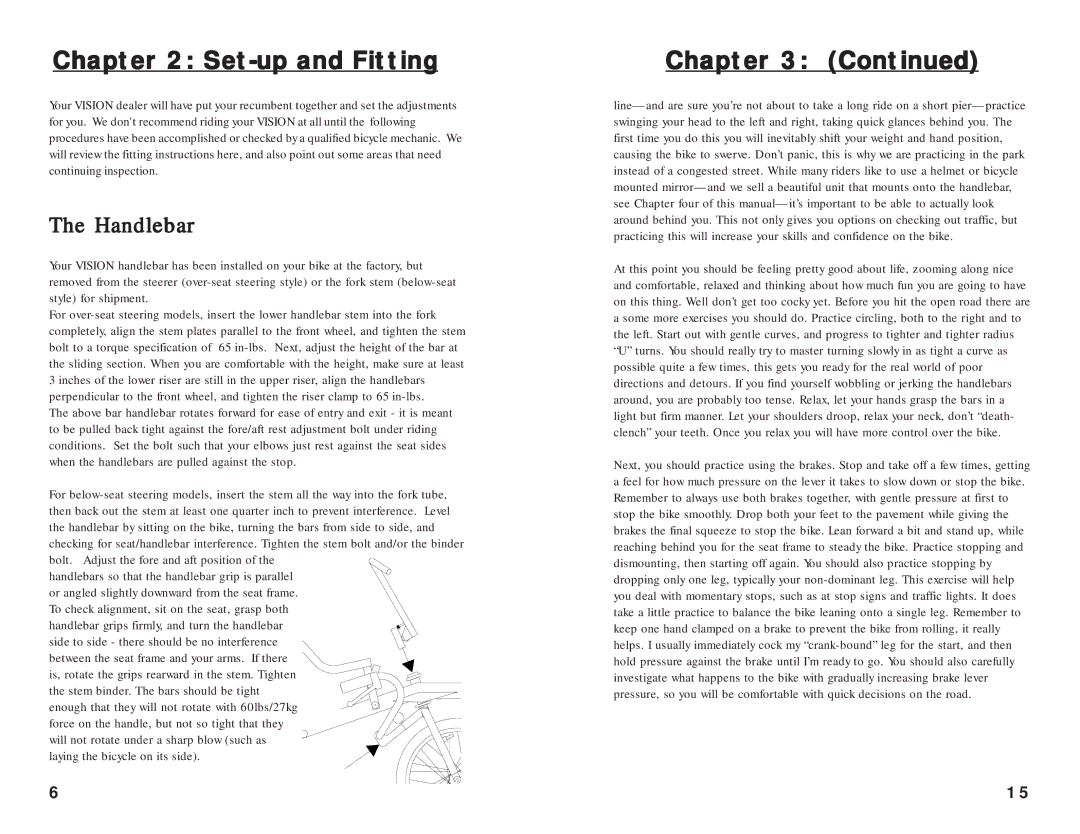R40, R65, R55, R54, R50 specifications
Vision Fitness has established itself as a prominent brand in the realm of fitness equipment, delivering high-quality and effective machines for avid fitness enthusiasts and casual users alike. The R44, R45, R68, R64, and R50 recumbent bikes are a testament to the brand's commitment to innovation, performance, and user comfort, making them excellent choices for home workouts.The Vision Fitness R44 and R45 models are designed with user-friendly features that cater to a wide range of fitness levels. Both bikes come equipped with adjustable seating and handlebars, ensuring that users can find their ideal position for maximum comfort during workouts. The R44 features a durable frame that supports up to 300 pounds, while the R45 boasts a broader range of resistance levels, providing a customizable workout experience.
Transitioning to the R64 model, this recumbent bike incorporates advanced technological features such as a built-in Bluetooth connection that syncs with popular fitness apps. Additionally, its oversized LCD display provides real-time feedback on metrics such as heart rate, speed, distance, and calories burned. The R64’s compact design makes it easy to fit into spaces of various sizes, making it a practical choice for home gyms.
Meanwhile, the R68 model takes comfort to the next level with its generous padding and ergonomic design. This bike also focuses on enhancing exercise safety, featuring a step-through frame that enables easy access for individuals with mobility challenges. It includes a variety of pre-set workout programs that cater to different fitness goals, whether it's weight loss, endurance training, or rehabilitation.
The cornerstone of these models, including the R50, is their magnetic resistance system, which allows for smooth and quiet operation. This feature is essential for users who prefer to work out while watching television or listening to music without the distraction of mechanical noise. The R50 also stands out due to its customizable user profiles, allowing multiple users to track their progress individually.
In summary, the Vision Fitness R44, R45, R68, R64, and R50 recumbent bikes encompass a blend of comfort, technology, and design. Each model offers unique features tailored to diverse fitness needs, ensuring that users can find a recumbent bike that perfectly suits their lifestyle. With their robust construction and innovative features, these bikes are an excellent investment for anyone seeking to enhance their fitness journey at home.

